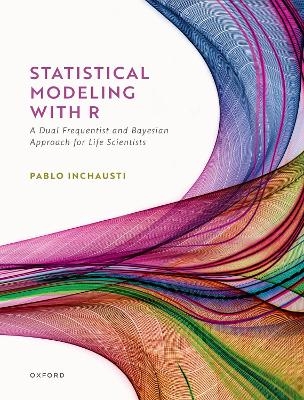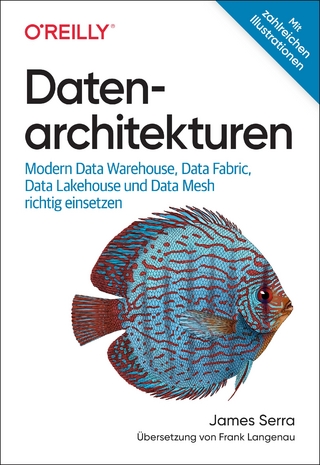
Statistical Modeling With R
Oxford University Press (Verlag)
978-0-19-285902-0 (ISBN)
To date, statistics has tended to be neatly divided into two theoretical approaches or frameworks: frequentist (or classical) and Bayesian. Scientists typically choose the statistical framework to analyse their data depending on the nature and complexity of the problem, and based on their personal views and prior training on probability and uncertainty. Although textbooks and courses should reflect and anticipate this dual reality, they rarely do so. This accessible textbook explains, discusses, and applies both the frequentist and Bayesian theoretical frameworks to fit the different types of statistical models that allow an analysis of the types of data most commonly gathered by life scientists. It presents the material in an informal, approachable, and progressive manner suitable for readers with only a basic knowledge of calculus and statistics.
Statistical Modeling with R is aimed at senior undergraduate and graduate students, professional researchers, and practitioners throughout the life sciences, seeking to strengthen their understanding of quantitative methods and to apply them successfully to real world scenarios, whether in the fields of ecology, evolution, environmental studies, or computational biology.
Pablo Inchausti is Professor of Ecology at the Universidad de la República, Centro Universitario Regional del Este, Uruguay. He is the co-editor of the influential and highly-cited book Biodiversity and Ecosystem Functioning: synthesis and perspectives (OUP, 2002) and has been successfully teaching statistics and mathematical modelling to students of the life and social sciences for over 15 years.
Part 1: The Conceptual Basis For Fitting Statistical Models
1: General introduction
2: Statistical modeling: a short historical background
3: Estimating parameters: the main purpose of statistical inference
Part II: Applying The Generalized Linear Model to Varied Data Types
4: The General Linear Model I: numerical explanatory variables
5: The General Linear Model II: categorical explanatory variables
6: The General Linear Model III: interactions between explanatory variables
7: Model selection: one, two, and more models fitted to the data
8: The Generalized Linear Model
9: When the response variable is binary
10: When the response variables are counts, often with many zeros
11: Further issues involved in the modeling of counts
12: Models for positive real-valued response variables: proportions and others
Part III: Incorporating Experimental and Survey Design Using Mixed Models
13: Accounting for structure in mixed/hierachical structures
14: Experimental design in the life sciences - the basics
15: Mixed-hierachical models and experimental design data
Afterword
R packages used in the book
Appendix 1: Using R and RStudio: the basics (only available online at www.oup.com/companion/InchaustiSMWR)
Appendix 2: Exploring and describing the evidence in graphics (only available online at www.oup.com/companion/InchaustiSMWR)
| Erscheinungsdatum | 10.01.2023 |
|---|---|
| Verlagsort | Oxford |
| Sprache | englisch |
| Maße | 189 x 246 mm |
| Gewicht | 1044 g |
| Themenwelt | Mathematik / Informatik ► Informatik ► Datenbanken |
| Mathematik / Informatik ► Mathematik ► Angewandte Mathematik | |
| Mathematik / Informatik ► Mathematik ► Statistik | |
| ISBN-10 | 0-19-285902-1 / 0192859021 |
| ISBN-13 | 978-0-19-285902-0 / 9780192859020 |
| Zustand | Neuware |
| Informationen gemäß Produktsicherheitsverordnung (GPSR) | |
| Haben Sie eine Frage zum Produkt? |
aus dem Bereich


